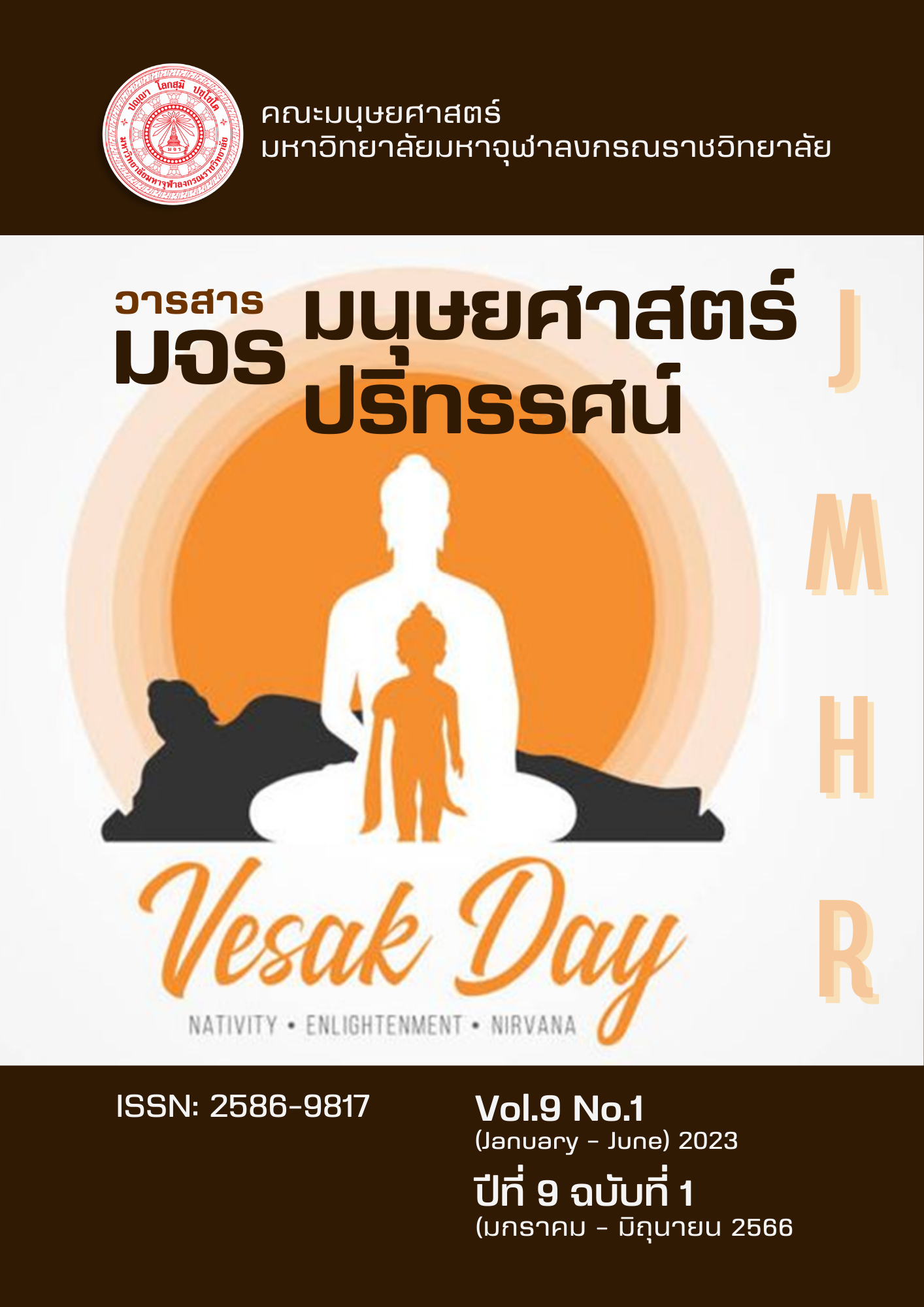A Comparative Study of Burmese and English Syntactic Structure on Linguistic Approach
Keywords:
Syntactic structure, English and Burmese, Linguistic UseAbstract
The objectives of the study were 1. to investigate English and Burmese syntactic structure on linguistic approach; and 2. to compare English and Burmese syntactic structure on linguistic approach. This research was qualitative research analyzed in detail approaching linguistic subjects. In this study used as a documentary and qualitative research by nature, the researcher used data collection analyzed and categorized from book such as “Syntax: A Linguistic Introduction to Sentence Structure” written by Keith Brown and Jim Miller.
The results of this study revealed as follows:
In linguistic approach, grammar is the set of structural rules goveming the composition of clauses, phrases, and words in any given natural language. Grammar refers to the way words are used, classified, and structured together to from coherent written or sopken communication. This guide explains how sentences are constructed and how different types of sentences are formed. It shows on how to punctuate each type correctly and how to combine different sentence types for effective written communication.
As for the structure of English sentence in this thesis is divided into four sentences. Regarding a study of syntactic structures of Burmese words in sentences. It found that in describing the parts of Burmese structures of words in sentences, there are traditional grammar rule components of syntactic Burmese words in sentences which are subject, subjective - complement, verb, objective, indirect objective, and words. With regard to study of syntactic structures of Burmese words in sentences. It found that syntactic structures of Burmese words in sentences. It studies Burmese language consists of nine parts of speech, phrase structures of word, clause structures of word and sentence structures of word. The thesis decibels how to structure Burmese words in two kinds of sentence, three kinds of clause and four kinds of phrase and the thesis has well provided structure words with tables and diagrams to know clearly for learners with Burmese grammar rule and the characters of nouns, pronoun, verbs, adjectives, adverbs, conjunctions, positional makers, partials, and interjections. This study describes to syntactic structures of Burmese words and study them well. The structure of the sentence in Burmese contained in this thesis was divided into two sentences.
This study was mainly dealt with the functions of inversion English and Burmese syntactic structure. The usage of inversion took a pivotal role in both prose and poetry that allow writers to organize thoughts in an interesting way to lay great emphasis on certain ideas to the readers. Last of all, the results of the study were about the syntactic structure of English and Burmese syntactic based on linguistics that would give the essential ideas and invaluable suggestions to the readers to improve their English and Burmese proficiency and help solve the difficulty of written English and Burmese about the syntactic structure to a certain extent.
References
Jhon Dawkins. (1975). Syntax and readability, International Reading Association. New York, USA.
Jim Miller. (2002). An Introduction to English Syntax, Edinburgh. Edinburgh : University Press Ltd.
Monthrira Tamuaung, (2003). A Study of Final Particles in Myanmar. (M.A. hesis). Mahidol University, Thailand.
Win Win Thant, Tin Myat Htwe and Ni Lar Thein. (2011). Grammatical Relations of Myanmar Sentences Augmented by Transformation-Based Learning of Function Tagging. UCSI International Journal of Computer Science Issues, 8(5,2), 90-99.
Yun Friska Inrene Ginting, (2009). An Analysis of Sentence Structure in Tennessee Williams’ Asteetcat Named Desire (Master of Degree in Linguistics).University of North Sumatera: Indonesia.
Downloads
Published
How to Cite
Issue
Section
Categories
License
Copyright (c) 2023 Journal of MCU Humanities Review

This work is licensed under a Creative Commons Attribution-NonCommercial-NoDerivatives 4.0 International License.






